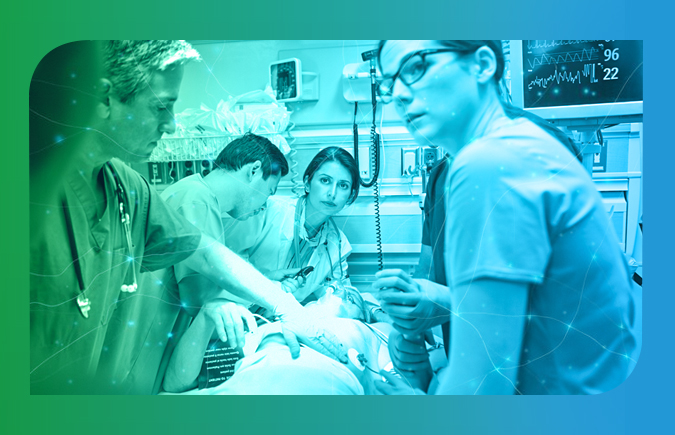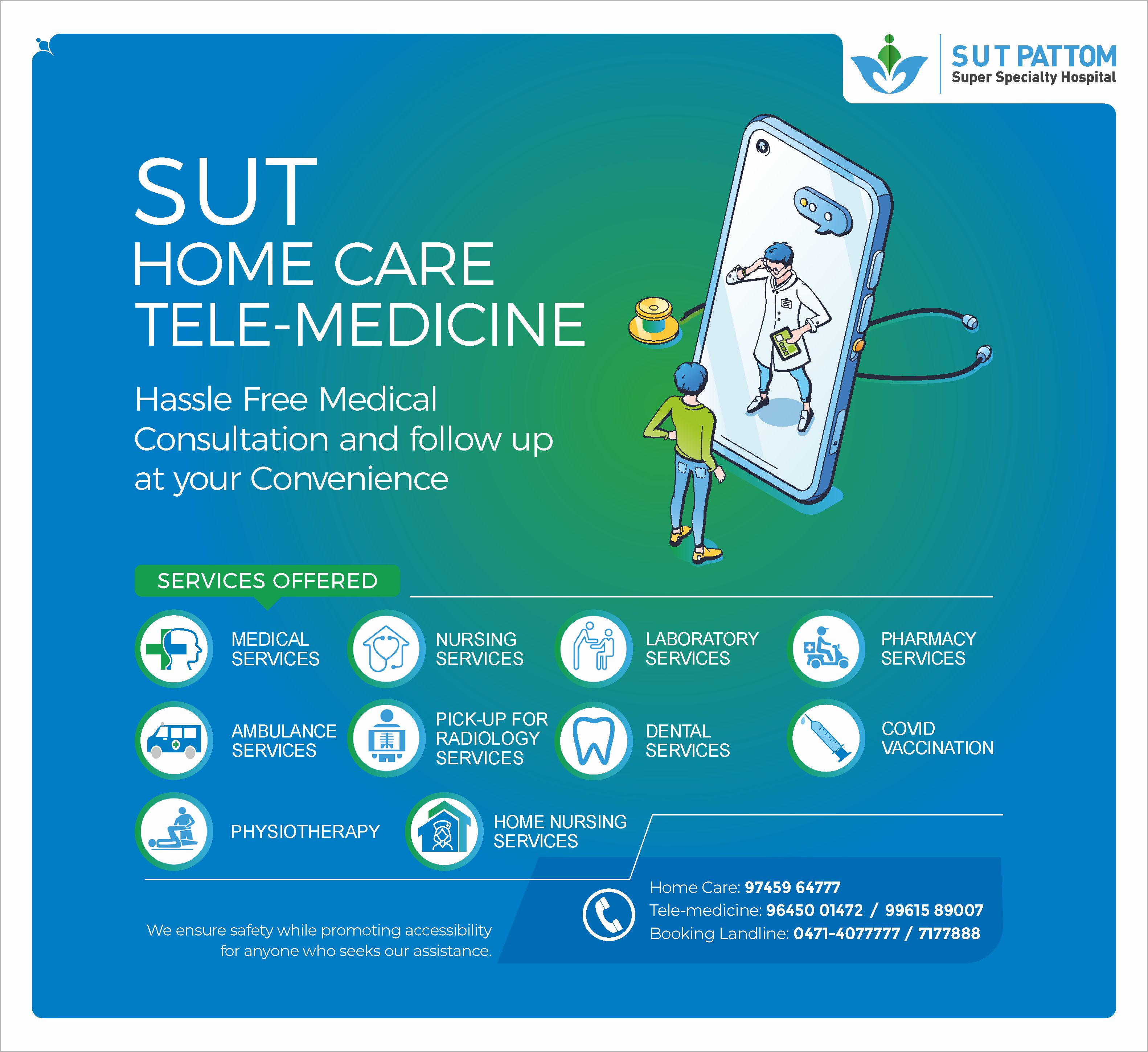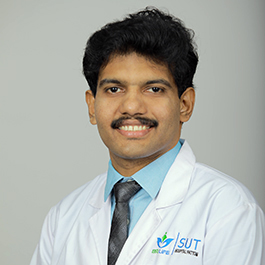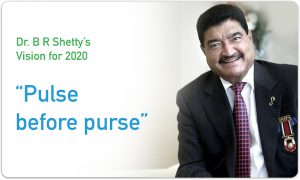
Emergency Medicine
Evolving from “Casualty” to “Accident and Emergency”(A&E) to “Emergency Room”(ER), the concept of Emergency Department is gradually gaining a foothold in India. ER at SUT promises prompt aid to the needy patients of all ages with nearly infinite variety of conditions and degrees of illness 24×7, through its experienced emergency doctors physicians backed up by a multidisciplinary team of care providers and state-of-the-art instrumentation facility.
Being the “entry point” of the hospital today, the department strives to focus on early recognition, clinically sound evaluation and utmost care of patients who are critically ill or injured.
- Early detection – members of the public, or another agency, scope the incident and analyse the problem.
- Early reporting – the first persons on scene make a call to the emergency medical services and exchange details to enable a response to be triggered.
- Early response – the first professional (EMS) rescuers are sent and arrive on the scene as instantly as possible, abling care to begin.
- Good on-scene/ field care – the emergency medical service provides appropriate and timely interventions to take care of the patient at the scene of the incident without doing further harm.
- Care in transit -– the emergency medical service load the patient in to suitable transport and resume to provide appropriate medical care throughout the journey
- Transfer to definitive care – the patient is handed over to an definite care setting, such as the emergency department at a hospital, in to the care of physicians.
Doctors

Consultant and HOD Emergency Medicine






